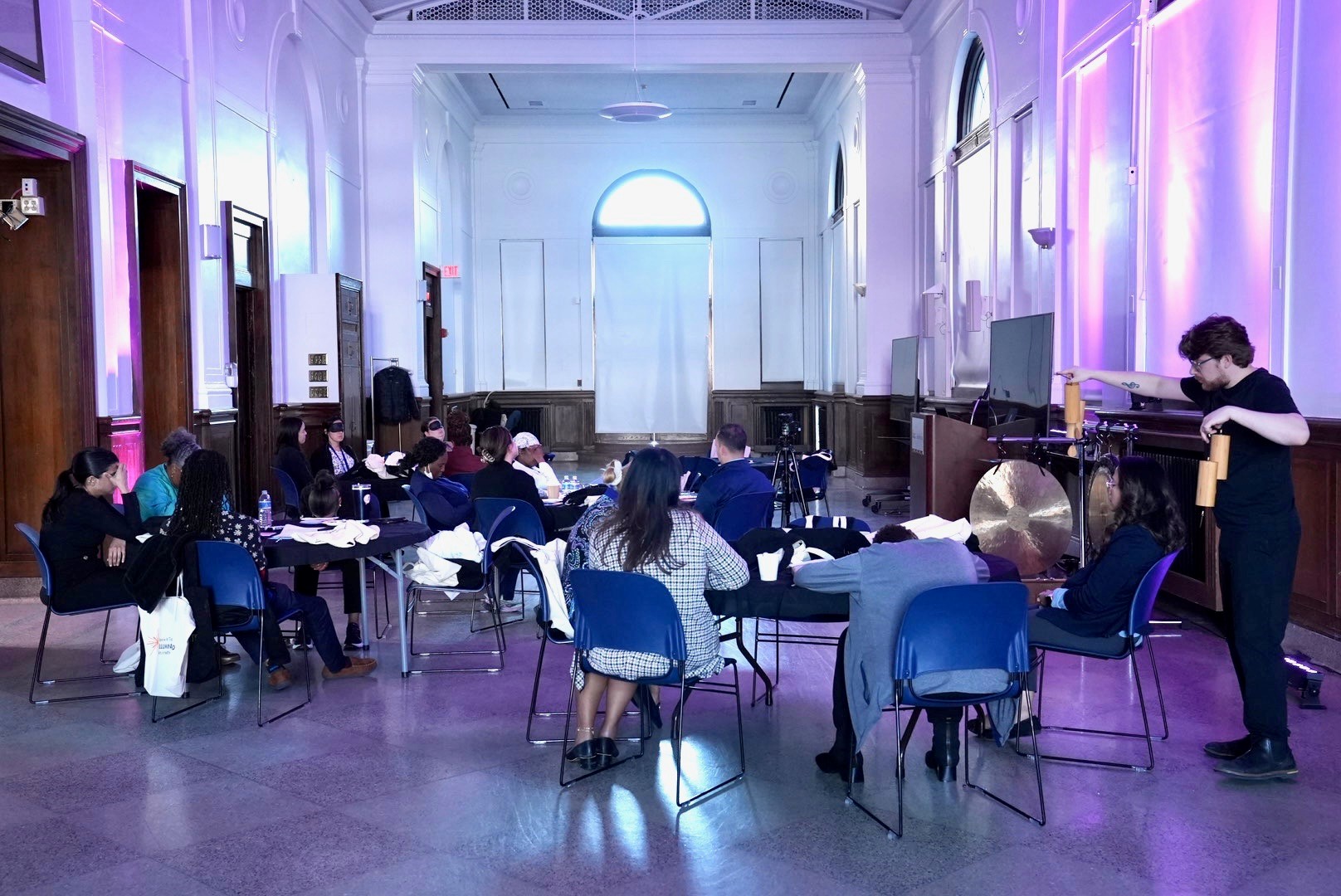Report on the Establishment of a Medical Research and Education Center in the Rio Grande Valley
Introduction: A Partnership for Sustainable Development
A strategic partnership has been formed between the University of Houston (UH) and DHR Health Hospital System to establish The University of Houston Tilman J. Fertitta Family College of Medicine and DHR Health Medical Research and Education Center. Supported by a $15 million state appropriation, this initiative directly addresses several United Nations Sustainable Development Goals (SDGs) by focusing on improving health, education, and equality in one of Texas’ most medically underserved regions.
Core Objectives and Alignment with Global Goals
The center’s primary objectives are intrinsically linked to the 2030 Agenda for Sustainable Development:
- SDG 3: Good Health and Well-being: To improve access to quality healthcare and conduct vital medical research on conditions that disproportionately affect the South Texas population, thereby reducing health disparities.
- SDG 4: Quality Education: To serve as a hub for clinical training and health education, expanding opportunities for the next generation of physicians and health professionals.
- SDG 10: Reduced Inequalities: To directly address the healthcare needs of an underserved community, ensuring greater access to medical innovation and care.
- SDG 17: Partnerships for the Goals: The collaboration exemplifies a multi-stakeholder partnership between academia, a private health system, and state government to achieve sustainable development outcomes.
Project Framework and Implementation
The implementation of this initiative is structured to maximize its impact on regional development and sustainable health infrastructure.
- Facility Construction: DHR Health will construct a new facility to house joint research initiatives and clinical training programs. This investment in infrastructure is crucial for advancing SDG 9 (Industry, Innovation, and Infrastructure).
- Expansion of Educational Programs: The center builds upon a longstanding partnership, including the UH College of Pharmacy Rio Grande Valley Pharm.D. Satellite Program, to further expand educational and training opportunities, contributing to SDG 4.
- Research and Development: The facility will provide dedicated space for UH faculty and students to engage in clinical and translational research, fostering innovation aimed at solving pressing local health challenges, in line with SDG 3 and SDG 9.
Anticipated Outcomes and Contribution to a Healthier Texas
The establishment of the Medical Research and Education Center is projected to yield significant long-term benefits that support a sustainable and equitable future for the region.
- Strengthened Health Workforce: By training physicians and health professionals locally, the partnership strengthens the state’s health workforce pipeline. This directly supports SDG 3 (Target 3.c) on health workforce development and SDG 8 (Decent Work and Economic Growth) by creating skilled employment opportunities.
- Improved Health Equity: The center’s focus on a medically underserved region will lead to improved health outcomes and greater access to care, making a direct contribution to reducing inequalities as outlined in SDG 10.
- Advancement in Medical Discovery: The collaboration between UH’s academic strength and DHR Health’s clinical excellence will create an anchor for medical discovery in South Texas, advancing the practice of medicine and contributing to the global knowledge base for health and well-being (SDG 3).
Analysis of Sustainable Development Goals in the Article
1. Which SDGs are addressed or connected to the issues highlighted in the article?
- SDG 3: Good Health and Well-being: The article’s central theme is improving health outcomes, access to care, and training health professionals in a medically underserved region.
- SDG 4: Quality Education: The initiative focuses on establishing a medical research and education center, providing clinical training, and expanding health education programs for future physicians and pharmacists.
- SDG 17: Partnerships for the Goals: The entire project is founded on a major partnership between a public university (University of Houston), a private hospital system (DHR Health), and supported by state government funding.
2. What specific targets under those SDGs can be identified based on the article’s content?
-
SDG 3: Good Health and Well-being
- Target 3.c: Substantially increase health financing and the recruitment, development, training and retention of the health workforce. The article directly addresses this by describing the partnership’s goal to “train the next generation of physicians and health professionals” and “strengthening the state’s health workforce pipeline” in the Rio Grande Valley, a region explicitly identified as needing more medical personnel. The $15 million in state funding is a direct example of increased health financing for this purpose.
- Target 3.8: Achieve universal health coverage, including access to quality essential health-care services. The article emphasizes that the new center aims to “improving access to health care across one of Texas’ most medically underserved regions,” which directly aligns with the goal of expanding access to quality health services for all.
-
SDG 4: Quality Education
- Target 4.3: Ensure equal access for all women and men to affordable and quality technical, vocational and tertiary education, including university. The establishment of “The University of Houston Tilman J. Fertitta Family College of Medicine and DHR Health Medical Research and Education Center” provides new opportunities for tertiary education and advanced clinical training for medical students and residents in a specific region.
- Target 4.4: Substantially increase the number of youth and adults who have relevant skills, including technical and vocational skills, for employment and decent jobs. The initiative provides specialized training for “medical students, residents and researchers,” as well as pharmacists through the “Rio Grande Valley Pharm.D. Satellite Program,” equipping them with the necessary skills for high-demand jobs in the health sector.
-
SDG 17: Partnerships for the Goals
- Target 17.17: Encourage and promote effective public, public-private and civil society partnerships. The article is a case study of this target in action. It details a “major partnership” between a public institution (University of Houston) and a private entity (DHR Health Hospital System), which is further supported by public funds (“a $15 million state appropriation”), to achieve shared health and education goals.
3. Are there any indicators mentioned or implied in the article that can be used to measure progress towards the identified targets?
-
For SDG 3 Targets:
- Implied Indicator for Target 3.c: The number of physicians, pharmacists, and other health professionals trained and retained in the Rio Grande Valley as a result of the new center. The article’s focus on building a “health workforce pipeline” implies that tracking the number of graduates who practice in the region is a key measure of success.
- Implied Indicator for Target 3.8: An increase in health care accessibility metrics in the Rio Grande Valley and improved health outcomes for conditions that disproportionately affect the region. The article states the goal is “improving outcomes for conditions that disproportionately affect the Rio Grande Valley region,” suggesting that tracking these specific health statistics would be a measure of progress.
-
For SDG 4 Targets:
- Implied Indicator for Target 4.3/4.4: The number of students and residents enrolled in and graduating from the medical, pharmacy, and research programs at the new center. The text mentions expanding “opportunities for medical students, residents and researchers,” making enrollment and graduation rates a direct indicator of the program’s educational impact.
-
For SDG 17 Target:
- Mentioned Indicator for Target 17.17: The amount of financial resources committed to the partnership. The article explicitly mentions “$15 million in state funding” as support for the public-private partnership, serving as a concrete financial indicator.
- Mentioned Indicator for Target 17.17: The establishment of the joint institution itself. The creation of “The University of Houston Tilman J. Fertitta Family College of Medicine and DHR Health Medical Research and Education Center” is a tangible outcome and indicator of the partnership’s successful implementation.
SDGs, Targets, and Indicators Table
| SDGs | Targets | Indicators (Mentioned or Implied in the Article) |
|---|---|---|
| SDG 3: Good Health and Well-being | 3.c: Increase health financing and the training and retention of the health workforce.
3.8: Achieve universal health coverage and access to quality essential health-care services. |
|
| SDG 4: Quality Education | 4.3: Ensure equal access to quality tertiary education.
4.4: Increase the number of adults with relevant skills for employment. |
|
| SDG 17: Partnerships for the Goals | 17.17: Encourage and promote effective public, public-private and civil society partnerships. |
|
Source: uh.edu







